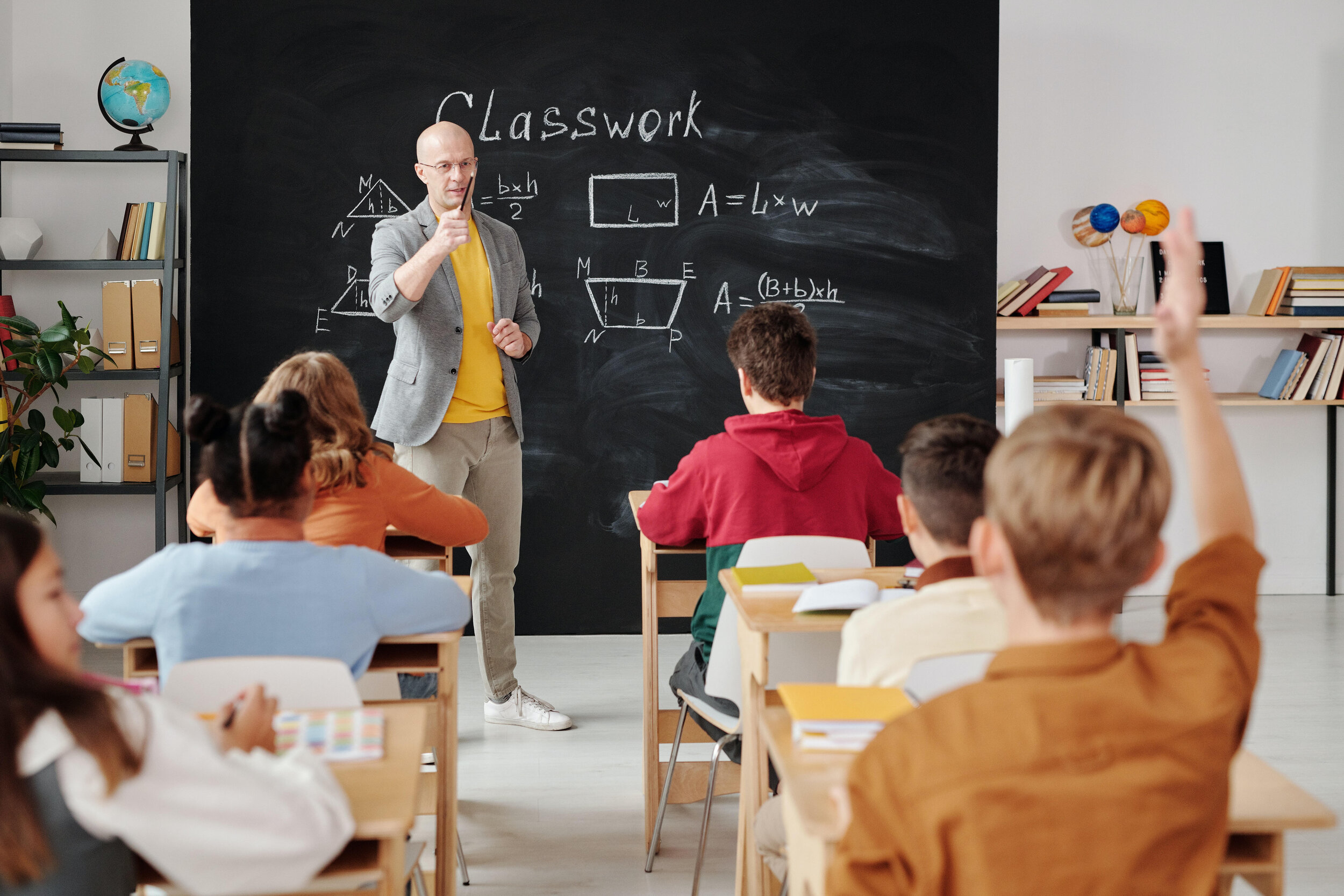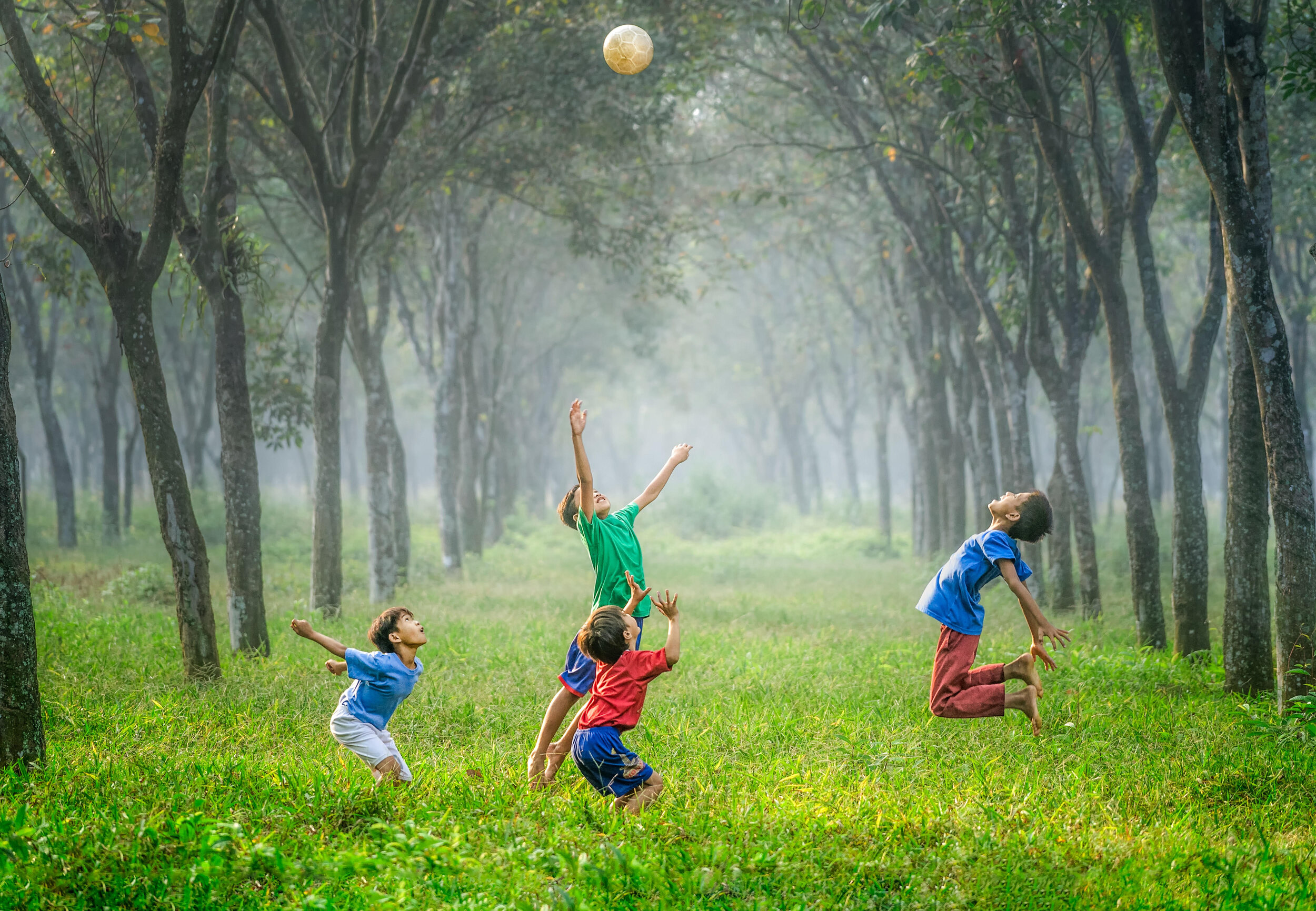
The 7 Senses
Seven of our Senses
Sight.
Sight is the ability of our eyes to focus and detect images of visible light.
Visual perception refers to the brains ability to make sense of what the eyes see. A person can have good vision and still have problems with visual perceptual processing.
We need this system to read, write, count, get dressed and much more.
If it is not working well we can struggle with:
Completing puzzles.
Loosing place when reading/writing.
Remembering sight words.
Remembering left and right.
Reversing numbers and letters.
Filtering out visual distractions to attend to the task at hand.
Sorting and organising personal belongings.
Activities that assist our visual sense:
• Finding things on a picture with a busy background
• Sensory activities and identifying objects by touch.
• Comparing objects with minimal differences/paying attention to details
• Matching objects
• Making sense of things that are only partly visible
• Playing with an optical illusion
• Watching a visually relaxing timer or light.
Hearing.
When our auditory system is working well we can understand where sounds come from, remember verbal directions, filter out background noise and associate sounds with experiences.
If it is not working well we may:
· Overrespond or avoid. React quickly and negatively towards loud sounds (cover ears or yell). Easily distracted by noises and struggle to learn or perform well at work.
· Underrespond. Not hear what others are hearing. Fail to respond to our name being called (rule out hearing loss), say ‘what’ a lot, have difficulty locating sounds, and require directions repeated frequently.
· Seek. Enjoy loud and noisy environments, make silly sounds, and turn up the volume on the music or TV. Use an ‘outside voice’ no matter the environment.
Activities/environments that assist our auditory sense:
• A quiet space, such as a room or cubby space
• Headphones (with/without any music, noises)
• Musical instruments like drums, xylophones, gongs, triangles etc.
• Flow of water, or other peaceful sounds.
Smell.
Smell is our ability to detect scent. Odour molecules have many features and, therefore excite specific receptors more or less strongly. This combination of excitement is interpreted by the brain to perceive the ‘smell’.
Good smell enables us to enjoy our environment in many ways (e.g., fresh air on a nature walk, birthday cake, or fresh flowers). A good sense of smell ensures our safety, for example detecting danger, such as fire/smoke or food which has gone bad.
Activities that stimulate our smell sense:
• Smelling devices, such as oil diffusers (insert herbs, essential oil, or flowers)
• Smell boxes. They contain different smells and can be used blindfolded.
Taste.
Taste is our ability to detect the taste of things such as food, certain minerals, and poisons, etc.
We receive tastes through our taste buds.
Like the sense of smell, our taste sense serves our happiness but also our protection: It warns us about poisonous things we may ingest.
Touch.
Touch is a perception resulting from the activation of neural receptors, generally in the skin including hair follicles. We have a variety of pressure receptors which respond to variations in pressure (firm, light, brushing).
This sensory system is spread through all major parts of our body. It works when activity in a sensory receptor is triggered by a specific stimulus (such as heat); this signal eventually passes to an area in the brain specifically developed to that area on the body and this allows the processed stimulus to be felt at the correct location.
Activities/items to help an effectively working Tactile system:
• Brushing over the skin with different textures/brushes
• Different surfaces made from sandpaper, wool, cotton wool balls, and dried rice
• Playing with play dough, slime, mud, clay, water, and sand
• Rolling over grass, snow, sand, and carpet
• Fidget toys
• Chewing necklaces.
Proprioception.
Proprioception is the sense of the relative position of neighbouring parts of the body and strength of effort being used in movement. This is an essential sense for us as it lets us know exactly where our body parts are, how we are positioned in space, and how to plan our movements.
Examples of our proprioception in practice include being able to:
• Clap our hands together with our eyes closed
• Write with a pencil and apply with correct pressure
• Navigate through a narrow space
• Judge distances so we don’t run into things.
Items which help our Proprioceptive awareness:
• Weighted items are useful for those who are unable to detect how hard to push down on a pencil to write or how hard to close a door. Through the use of deep pressure, weighted toys/blankets aide in providing proprioceptive feedback and enhancing sensory regulation while relaxing the body and the central nervous system.
Vestibular.
The vestibular system explains the perception of our body in relation to gravity, movement and balance. The vestibular system measures acceleration, body movements and head position. Examples of the vestibular system in practice include knowing that you are in motion when you are in an elevator, knowing whether you are lying down or sitting, and your ability to be able to walk along a balance beam.
Activities that develop our Vestibular system:
• Swinging, spinning, merry-go-rounds, and rocking horses/chairs
• Doing an activity while lying on your stomach holding your head up
• Movements like jumping or rolling downhill
• Balance balls, boards or cushions
• Sensory swings.








